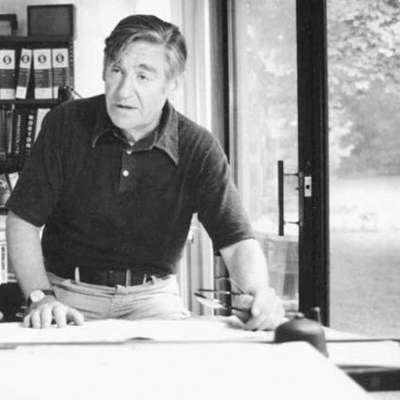|
Although best known for his furniture design, Norman Cherner''s work included almost all aspects of design: from graphics, glassware and lighting, to his pioneering work in prefabricated housing.
Educated in the Bauhaus tradition of interdisciplinary design, he became interested in housing as industrial design. His first houses were built in 1948 for a cooperative housing development in Ramapo, NY. These homes were examples of this total design concept and included affordable furniture designed specifically for these low-cost modular dwellings.
One of the first pre-fabricated houses in the United States was Cherner''s "Pre-built". It was designed, produced and assembled in 1957 for the U.S. Department of Housing. After being exhibited in Vienna it was shipped back to Connecticut to become his first home and studio outside of New York City.
Norman Cherner''s furniture designs include the "multi-flex" modular storage system, the "Konwiser Line" of furniture and lighting, and molded plywood seating for Plycraft which he designed in 1958. The molded plywood ‘Cherner Chair'' became his most recognized design and is found in furniture collections worldwide.
Norman Cherner studied and taught at the Columbia University Fine Arts Department and was an instructor at the Museum of Modern Art in New York. At the same time he also began his own practice, embarking on a lifetime exploration of architecture and furniture design.
Norman Cherner''s books include: "Fabricating Houses from Component Parts" (1958) "How to Build a House for Less the $6,000" (1960), "Make your own Modern Furniture" (1953) and "How to Build Children''s Toys and Furniture" (1954) |


